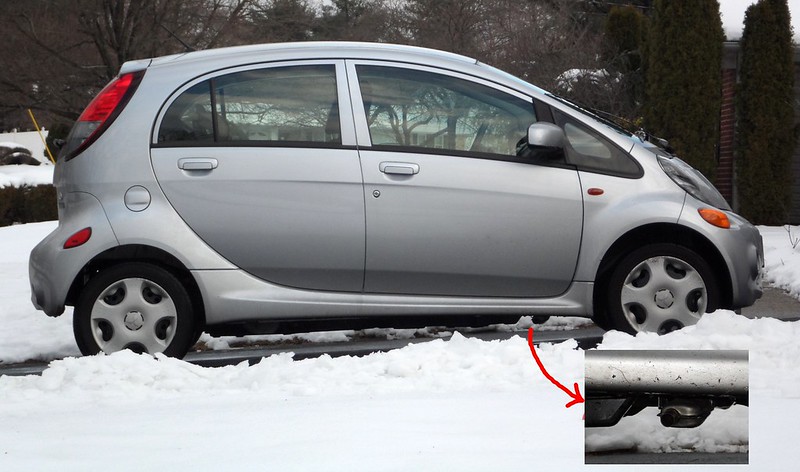Llecentaur
Well-known member
- Joined
- Dec 27, 2012
- Messages
- 240
A french forumer was successful at installing a Webasto heater placing it at the place of the 12V battery. But I think he had to move the Battery somewhere to the back of the car.
I was wondering of two other ways:
1) would it make sense to replace the original heater with a Webasto (or other like the one in a Volvo c30 that can run on ethanol) or if there is enough space to have both in series (first electric, then Webasto?)
2) or install the new heater at pkace of the battery but replace the lead battery by a LiFePo4 of equivalent or higher capacity which should be smaller and of adequate form facto ?
Alternatively what about a heat pumplike the ones in renault or Nissans?
I was wondering of two other ways:
1) would it make sense to replace the original heater with a Webasto (or other like the one in a Volvo c30 that can run on ethanol) or if there is enough space to have both in series (first electric, then Webasto?)
2) or install the new heater at pkace of the battery but replace the lead battery by a LiFePo4 of equivalent or higher capacity which should be smaller and of adequate form facto ?
Alternatively what about a heat pumplike the ones in renault or Nissans?




